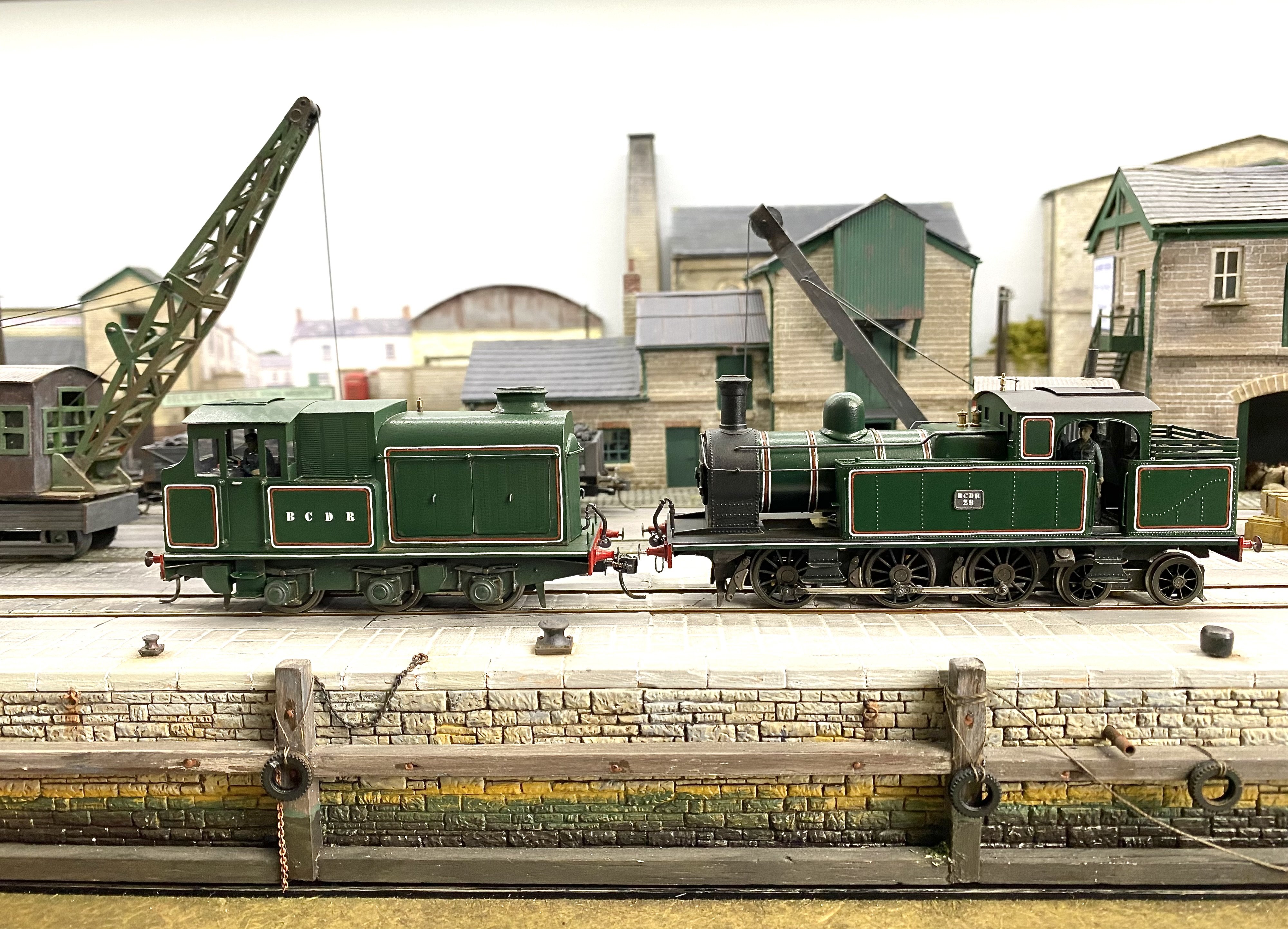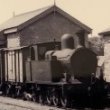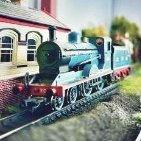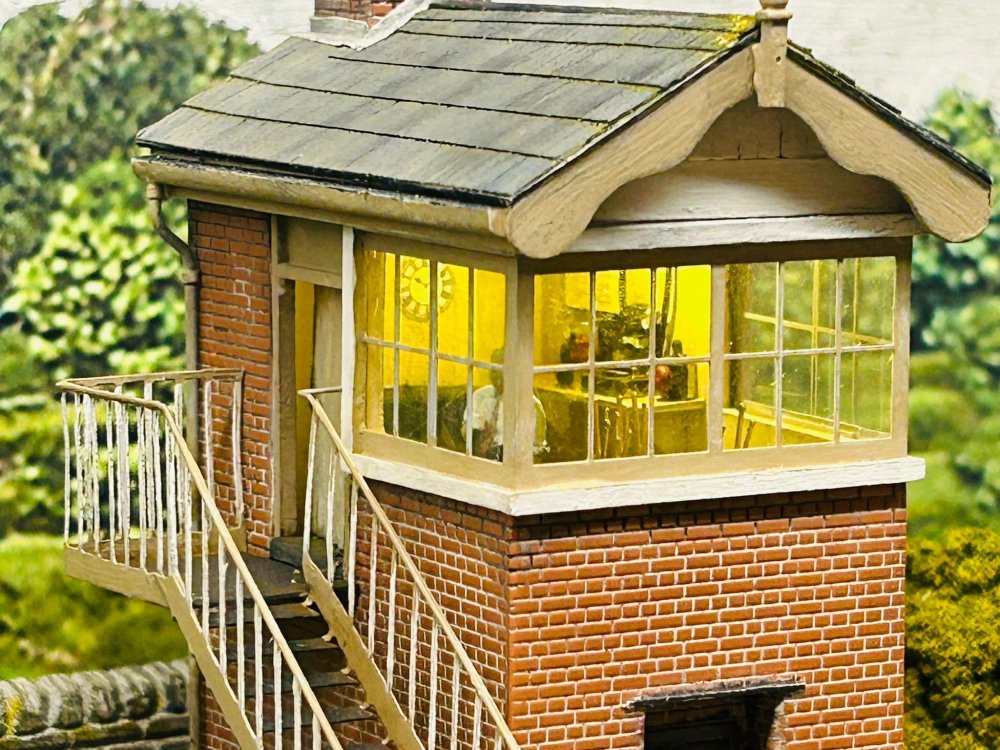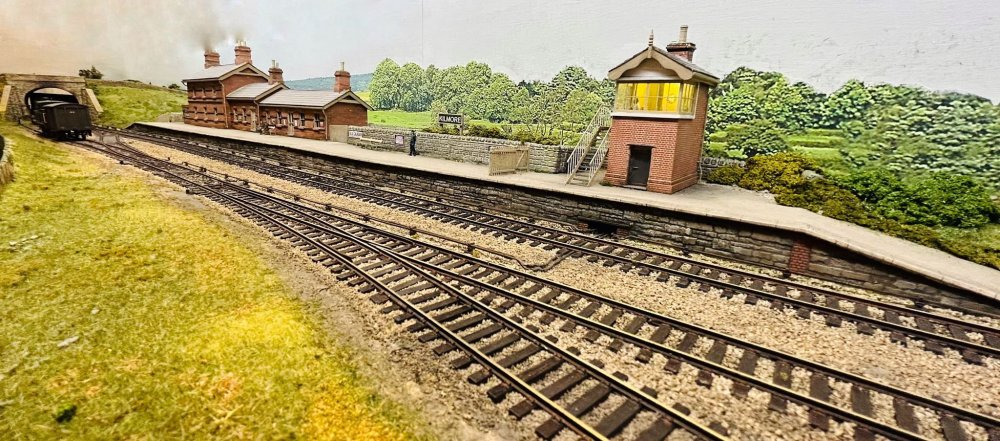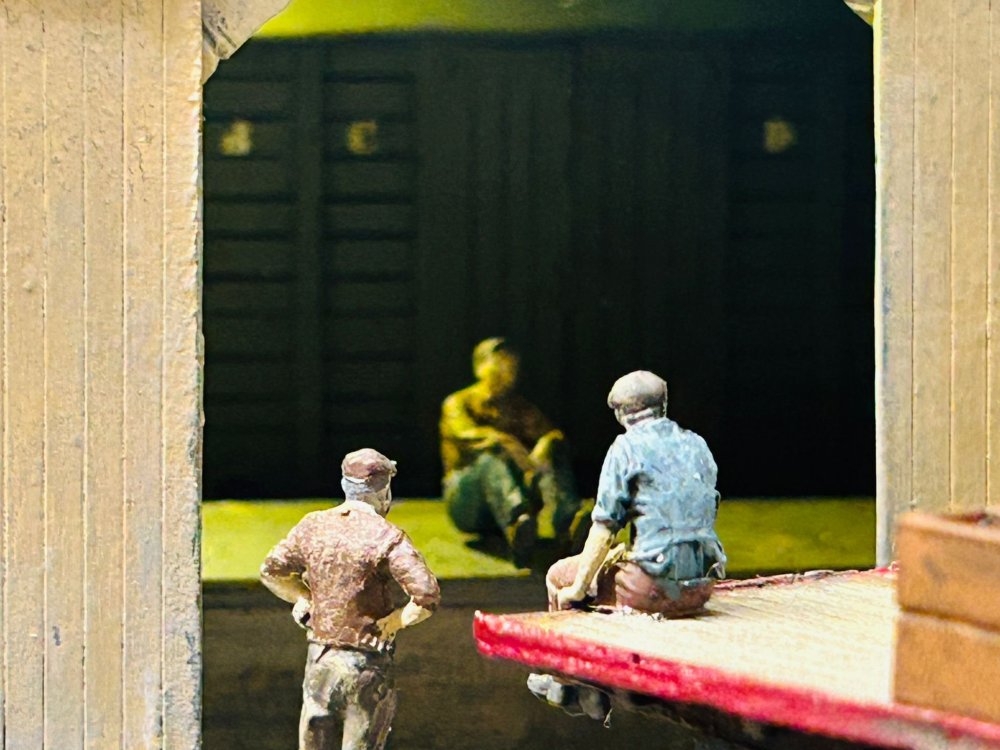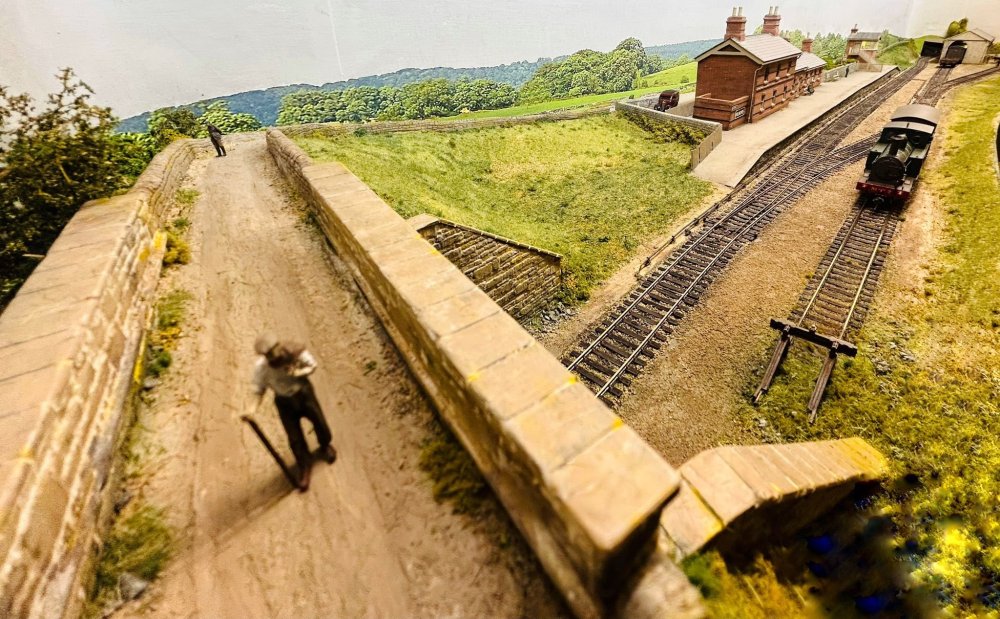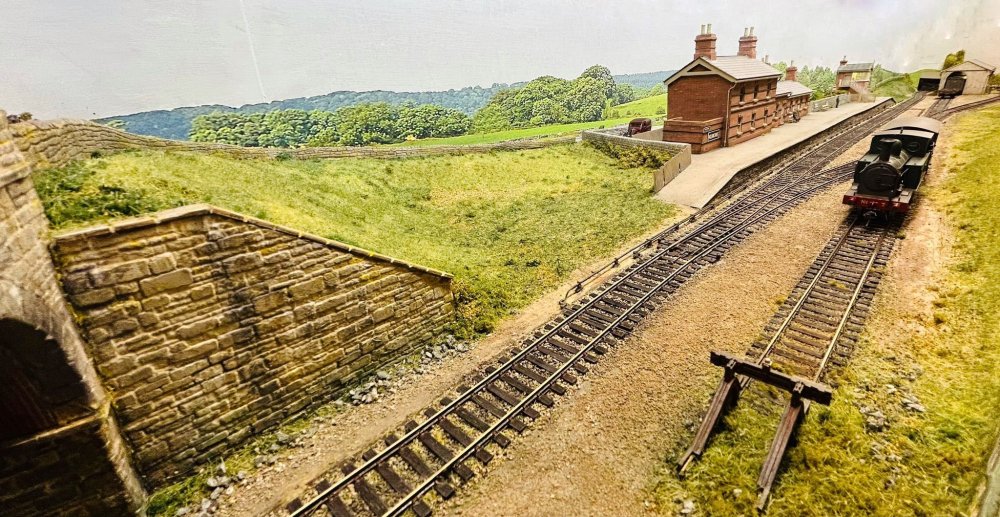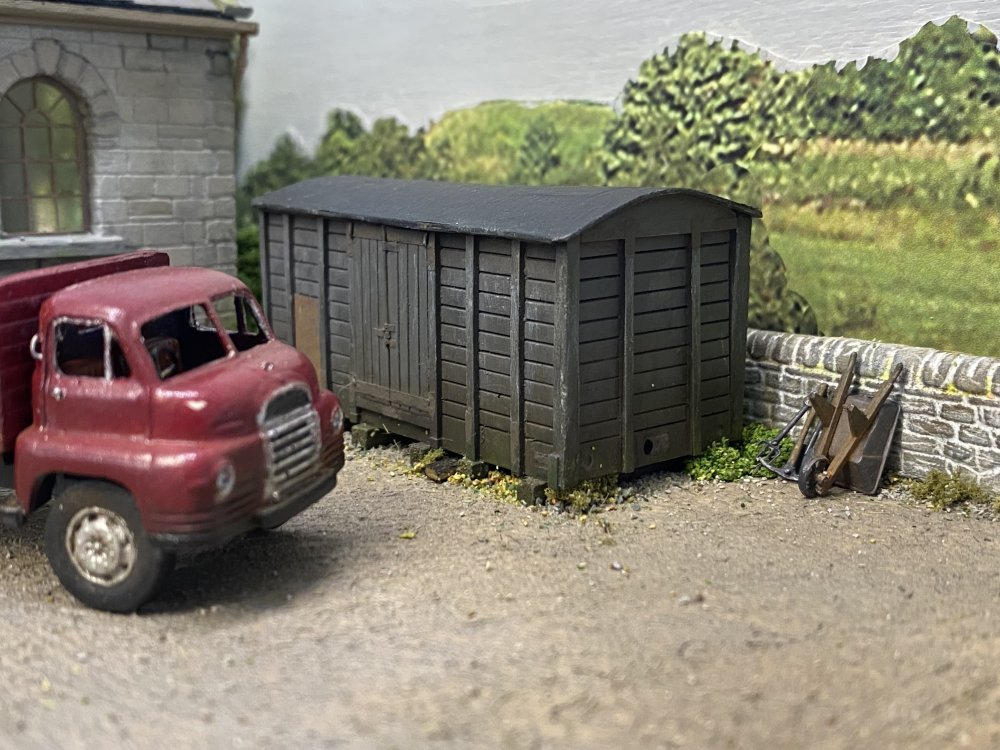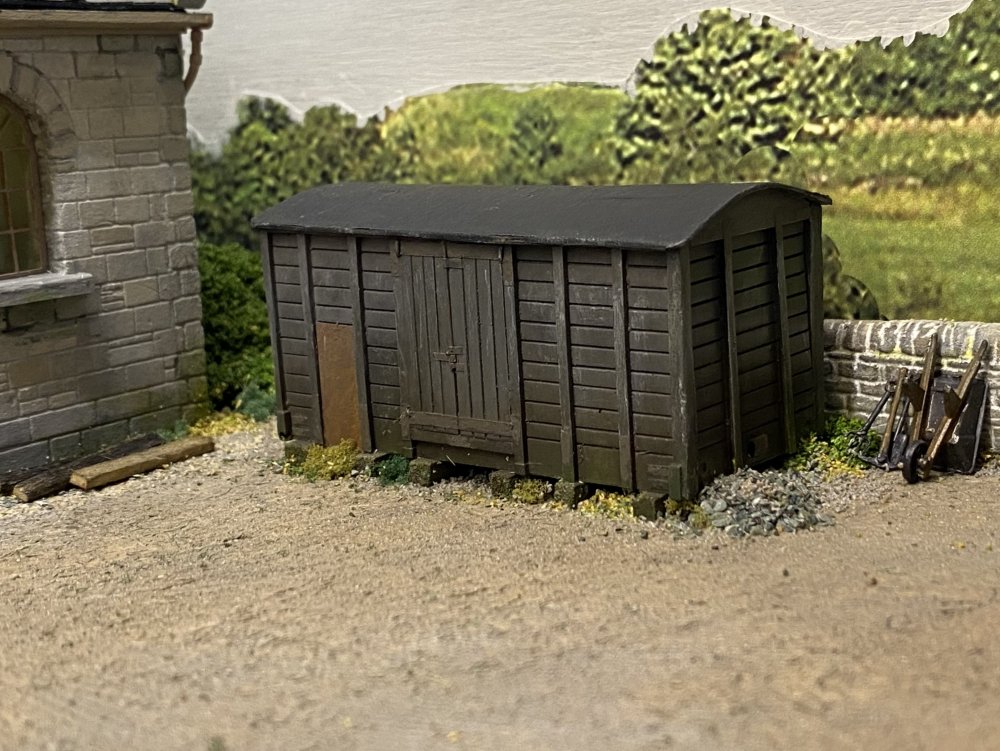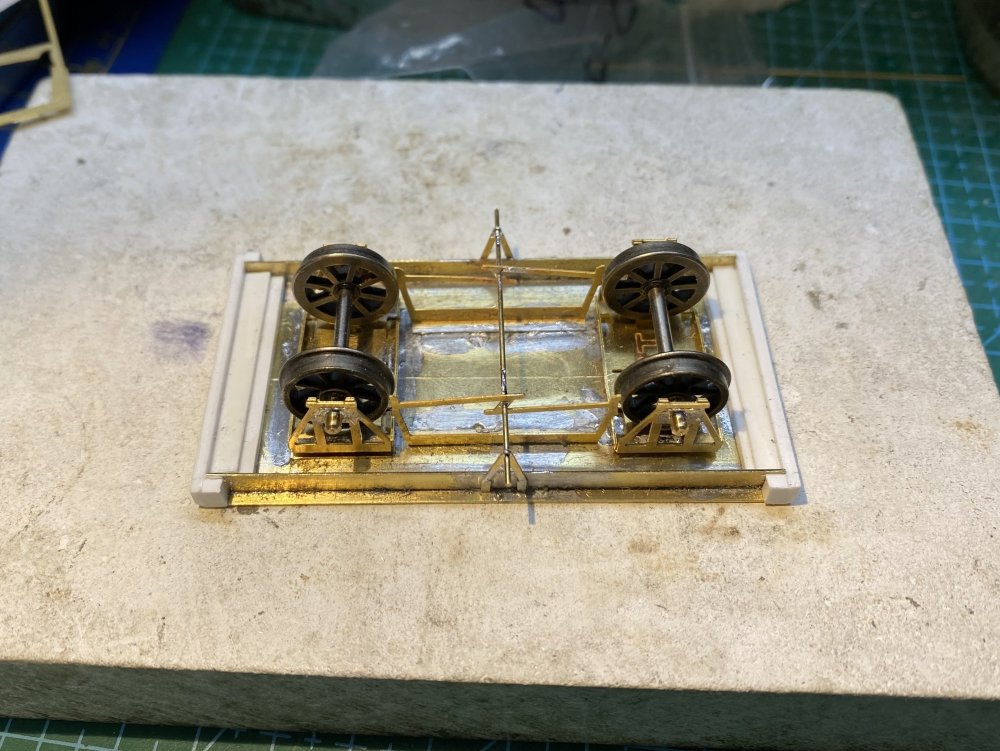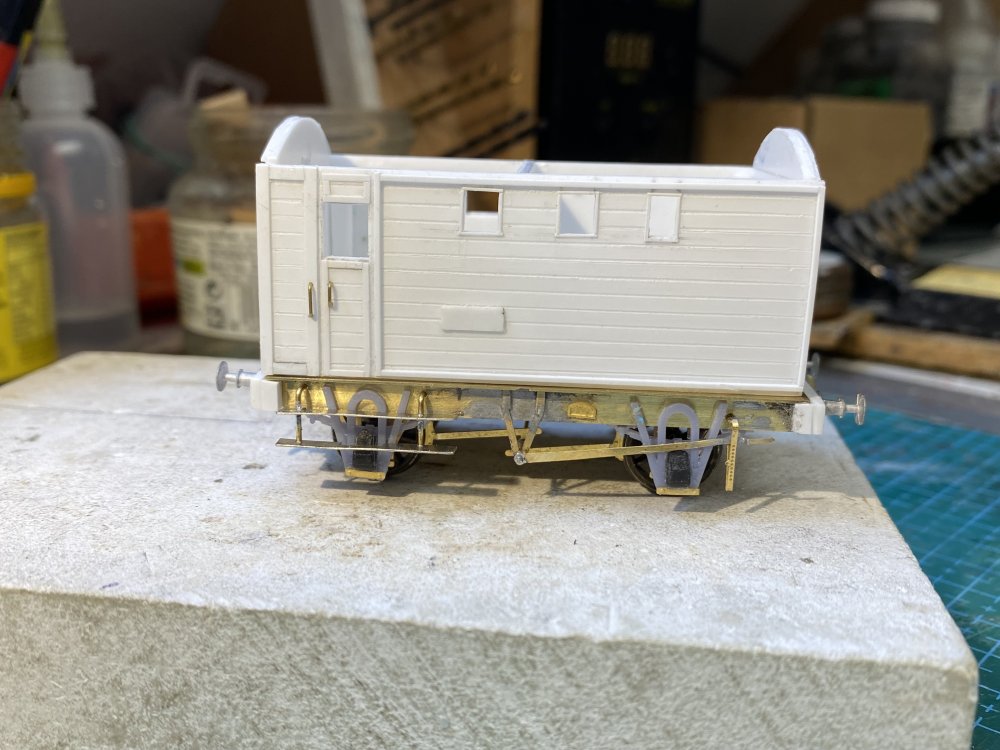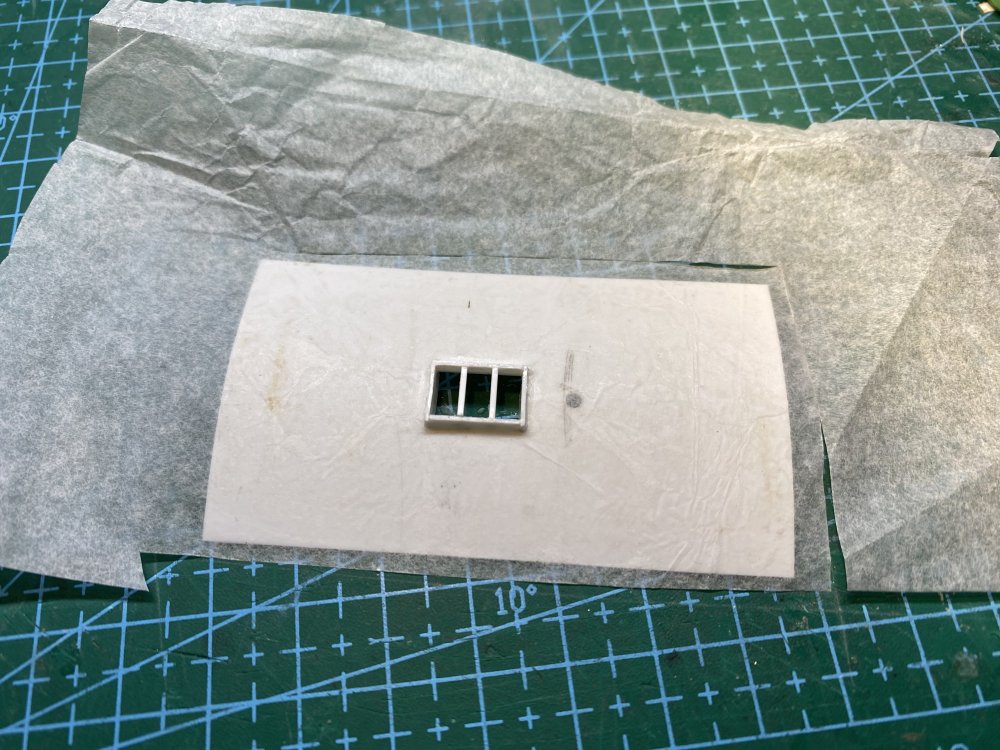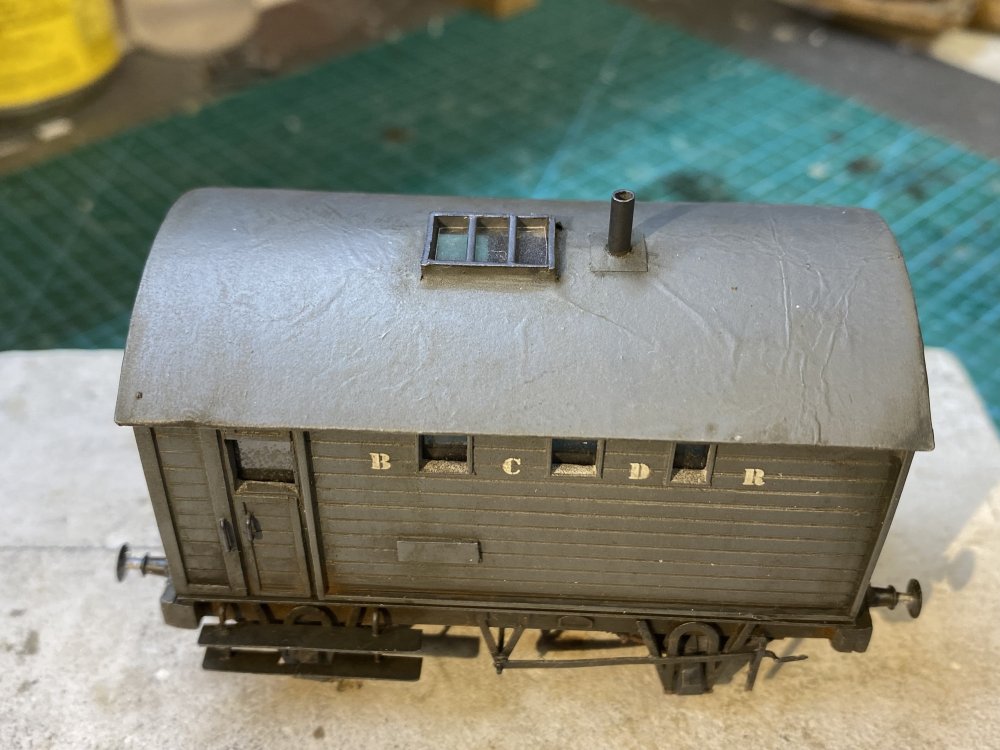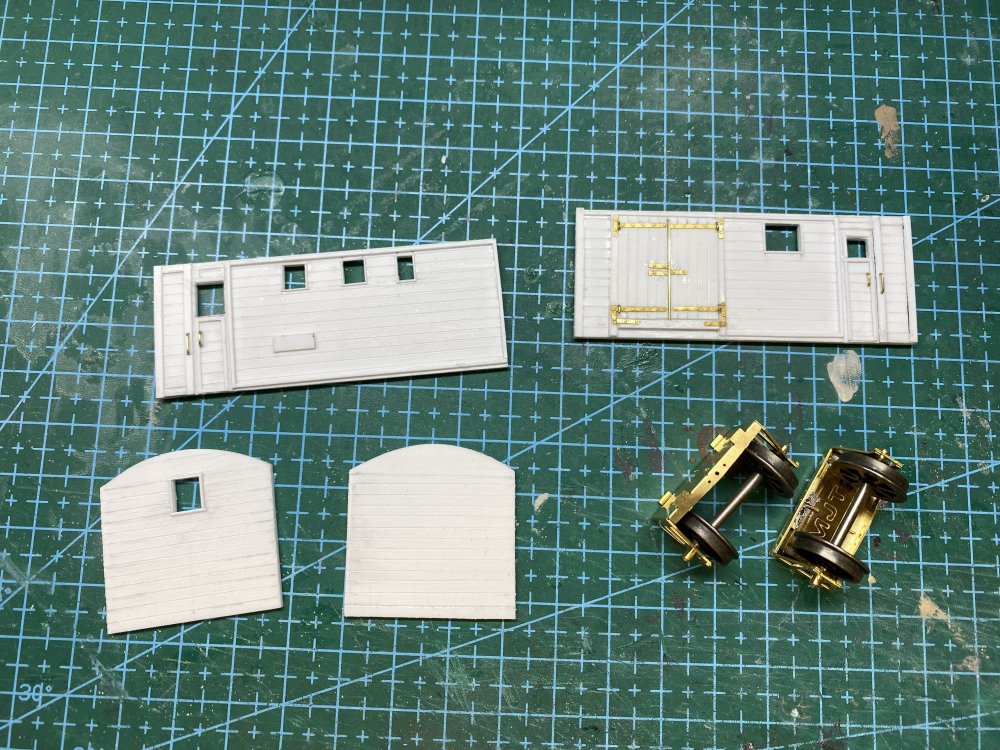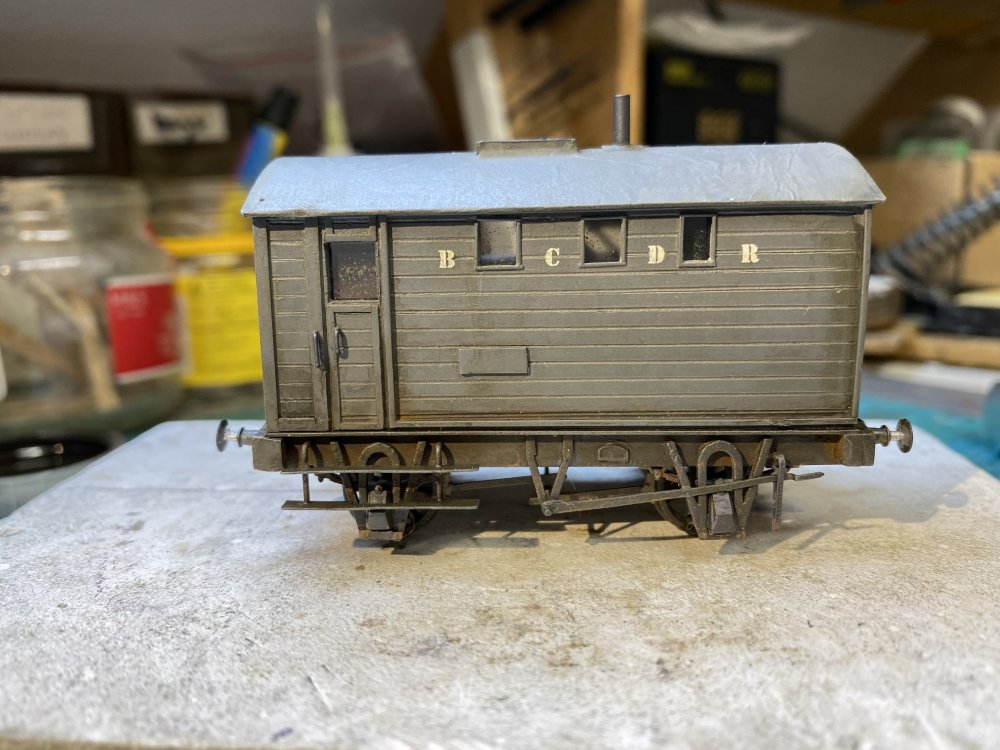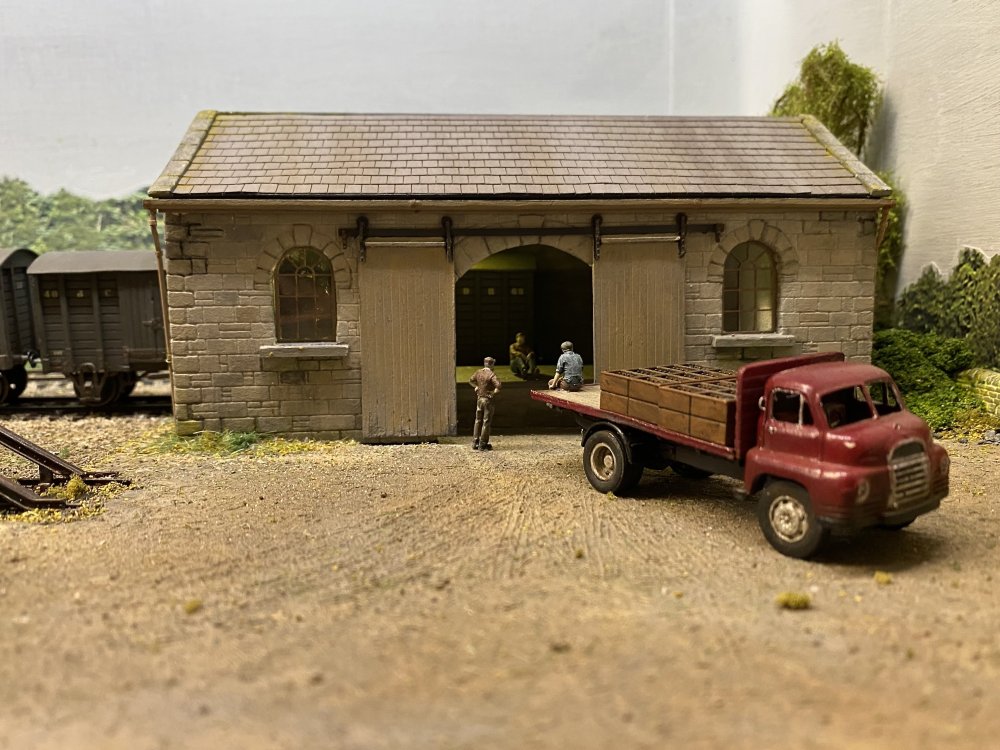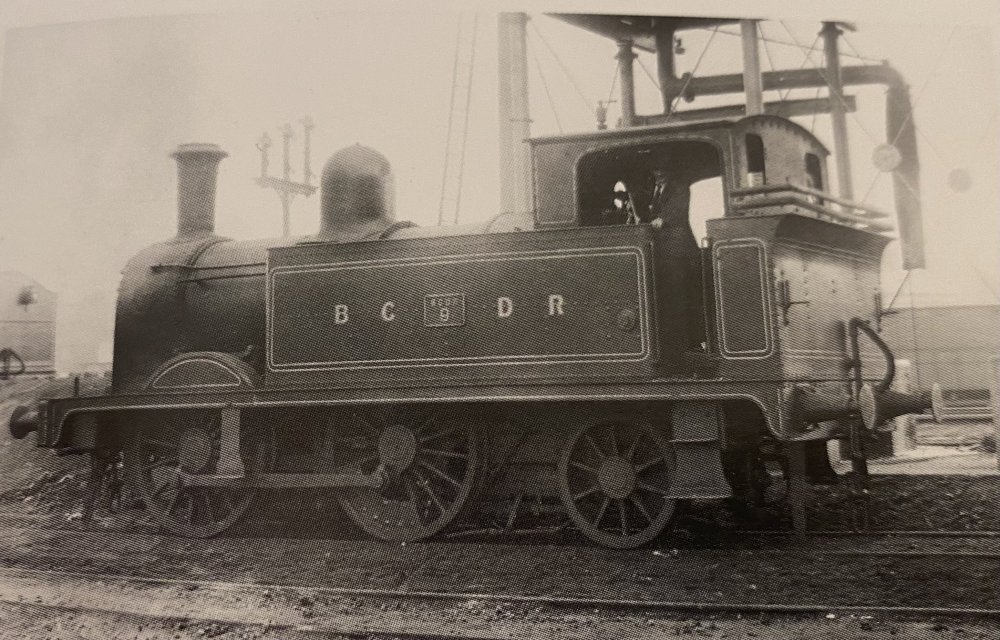-
Posts
957 -
Joined
-
Last visited
-
Days Won
56
Tullygrainey last won the day on December 5
Tullygrainey had the most liked content!
Personal Information
-
Location
Bangor Co Down
Recent Profile Visitors
7,696 profile views
Tullygrainey's Achievements
-
KiIlmore's official photographer @Patrick Davey came by the other day and tried out his new wide angle lens. It was a cold day and the stationmaster has just lit fires in all the grates. In other news, a grounded van has appeared in the goods yard.
- 121 replies
-
- 20
-

-

-
Subtle weathering but convincingly grubby. Those are perfect Patrick.
-
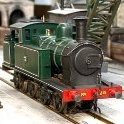
"Voiding the Warranty" - Mol's experiments in 21mm gauge
Tullygrainey replied to Mol_PMB's topic in Irish Models
That is really delicate work Paul and as far as I can see, you're making a great job of it, modifications included. The soldering looks fine to me! Good luck with the rest of the build. I'll watch this one with interest. -
A wagon for Kilmore. This is the Weighbridge Fitters' van, apparently a one-off with no number. Desmond Coakham speculated that it was built on the chassis of a ballast brake ordered to be broken up in 1908. I used plasticard for the body with some brass strapping from an Alan Gibson etch. The sides apparently differed from one another but the two photos I was able to find were both of the same side so I guessed the layout of the hidden side based on the description in Desmond Coakhams' book. (The Belfast and County Down Railway, Colourpoint, 2010) The chassis uses an MJT compensation etch to create one fixed and one rocking axle mounted on a brass floor. These will do the work of carrying the wheels behind the scene. Brake details came variously from Gibson and Brassmasters wagon chassis etches. All of this then hides behind the outside W irons typical of BCDR rolling stock. They are cosmetic in this model and are superglued to the sole bars. Along with spring units, they are pre-production 3D printed items from Enda Byrne (ckprints.ie) which I got the opportunity to try out (many thanks to Gareth Brennan, Kieran Lagan and Enda for moving this along). They're finely printed and suit this project well. I used tissue paper to texture the roof, flooding it with liquid poly to bond it to the plastic card. The skylight is also a guesstimate since the available photos don't show it well. Next, paint, transfers and weathering. Some couplings, then it's just about ready to go. There are a number of errors (should have a window in each end for one thing) which I'm not going to lose sleep over.
-
Ah… I’d been wondering who this new bloke Colonel was
-
- 121 replies
-
- 17
-

-

-

"Voiding the Warranty" - Mol's experiments in 21mm gauge
Tullygrainey replied to Mol_PMB's topic in Irish Models
Excellent! I really like that last photo. A real sense of being in the landscape, standing lineside. -

"Voiding the Warranty" - Mol's experiments in 21mm gauge
Tullygrainey replied to Mol_PMB's topic in Irish Models
That's all coming together nicely. -

Gauge of interest: Alphagraphix 4mm Irish kits
Tullygrainey replied to GSR 800's topic in Irish Models
or Northern Ireland -

"Voiding the Warranty" - Mol's experiments in 21mm gauge
Tullygrainey replied to Mol_PMB's topic in Irish Models
I've used combinations of warm and cool white LED strips to good effect. Made by Lepro, they're supplied on rolls of 5 metre self adhesive strips complete with transformer and dimmer. They can be cut to length. I got mine from Amazon. -

Gauge of interest: Alphagraphix 4mm Irish kits
Tullygrainey replied to GSR 800's topic in Irish Models
We explored this once before but I think because our collective interests are so diverse, we didn't manage to get the numbers for any one thing. Worth another go though. -
What a little beauty!
- 37 replies
-
- 1
-

-
- o gauge layout
- irish outline
- (and 2 more)
-
Yep that's the one David. Built originally as a tender engine in 1887 but subsequently converted to a tank engine. Marked down for scrapping in 1929 but survived derelict until the UTA takeover. Lost its number to a new bogie tank in 1945. (Information from Desmond Coakham's book) I thought it might be interesting to try building a 0-4-2 chassis with drive on the front axle and the other two axles compensated. It ought to be possible to hide a motor/gearbox in the smokebox and boiler. Much the same as my chassis for BCDR No.6, just the other way round.
-
I've been trying to resist that temptation David. Kilmore needs some attention to get it properly operational, I have half finished wagons that need doing and other bits of rolling stock I'd like to have a go at. But then again....
-
Oh, commiserations! My carpet monster has never stolen anything that big.
.png.c363cdf5c3fb7955cd92a55eb6dbbae0.png)
